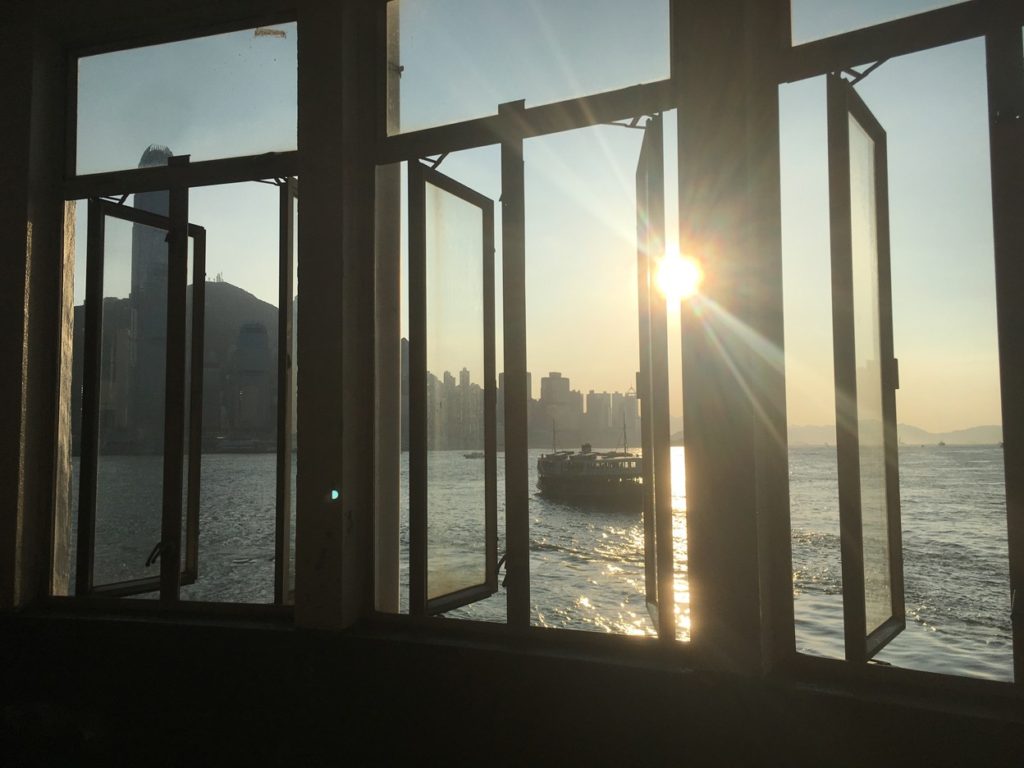Dots of inky pigment spread in branching patterns, allowing close control of shade cover

ABOVE: Window technology based on the sun-protection strategy used by some crustaceans could cut the need for interior cooling and heating.
18 August 2022 – Windows inspired by the light-adaptive skin of some aquatic creatures could make buildings more energy efficient.
Some “smart” windows undergo a reversible chemical reaction that allows them to switch between blocking sunlight and allowing it to enter. This reduces the need for indoor cooling, heating and lighting. But most such devices are expensive to produce.
Raphael Kay, Ben Hatton and their colleagues at the University of Toronto in Canada developed a low-cost alternative inspired by water-going animals such as krill, which shade themselves by allowing dots of pigment to disperse through their exterior.
The team used tiles, each consisting of a layer of transparent oil sandwiched between two plastic plates, as the building’s cover. They connected light and temperature sensors to miniature pumps that could push dots of carbon-based ink into the oil to disperse, creating shade. The pumps could also withdraw the ink when reversed. Faster pumping causes the ink to spread into more highly branched, less dense patterns, allowing the scientists to control the amount of shade cover by adjusting the flow rate.
Such devices could reduce energy usage by 30% compared with current state-of-the-art smart windows, say the authors, who published their study here.